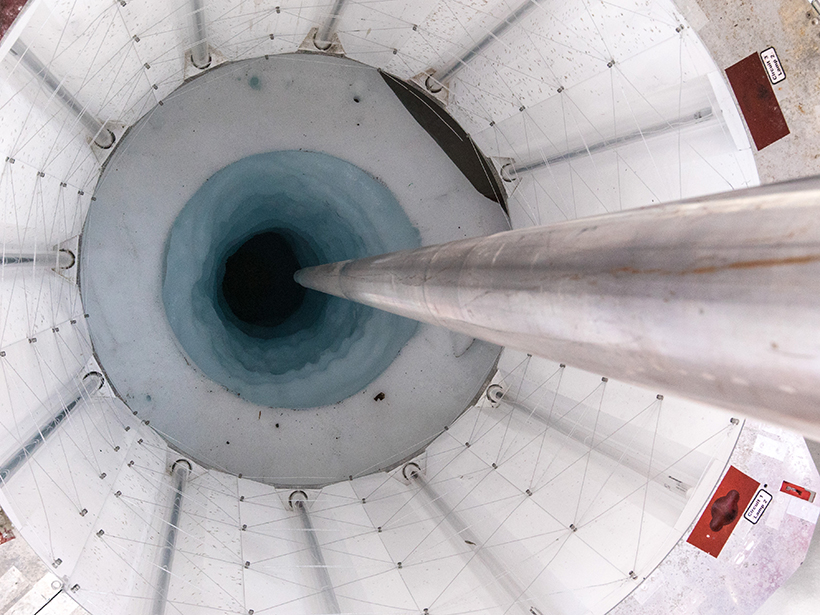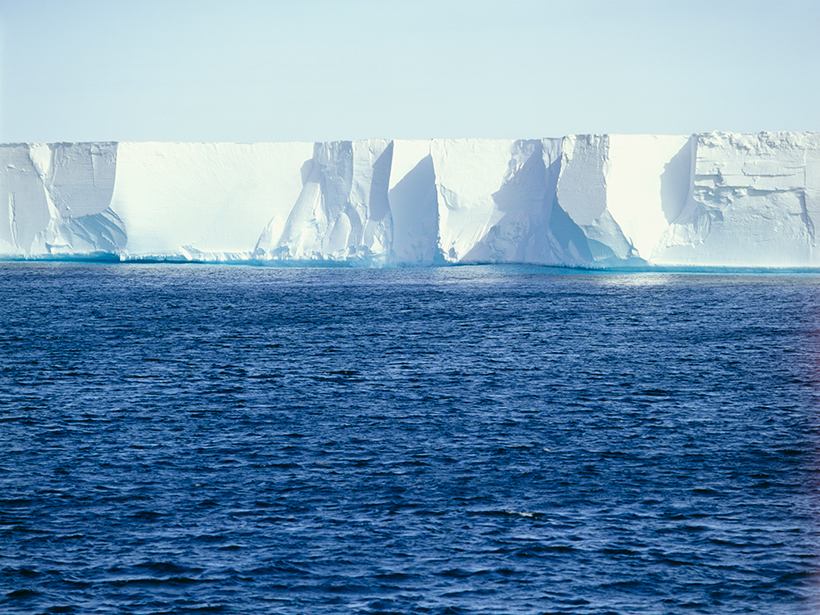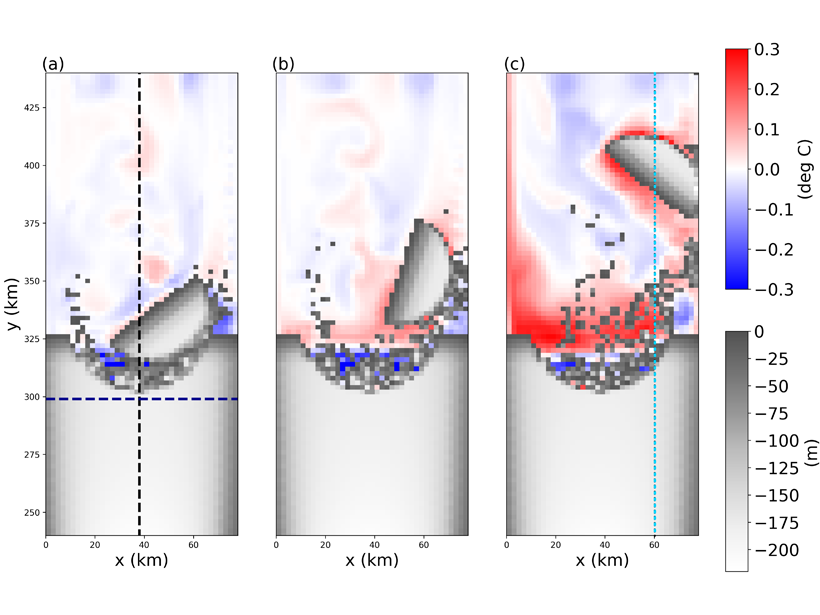Unique air and ocean surface observations of the Southern Ocean from a 22,000 km, 196-day circumnavigation around Antarctica by an Uncrewed Surface Vehicle.
Southern Ocean
The Alkalinity Trap at the Bottom of the World
Tiny microorganisms in the Southern Ocean affect the way the rest of the world’s seas respond to carbon dioxide.
Larger Waves in Store as the Planet Warms
By the end of the 21st century, waves will have gotten larger in some ocean basins, particularly the Southern Ocean, climate modeling reveals.
Explaining Cold and Fresh Southern Polar Ocean Surface Waters
Global climate models do not reproduce observed trends of the Southern polar ocean surface, but an increase in wind-transported sea ice that melts and inhibits mixing may account for the disparity.
A Subglacial Lake in Antarctica Churns Out Nutrients
Eight hundred meters below the West Antarctic Ice Sheet, microbes in subglacial Lake Whillans create organic carbon that helps power the Southern Ocean’s vast food chain.
Ship-Based Measurements Overestimate Southern Ocean Carbon Sink
New research suggests that combining ship- and float-based observations provides a more accurate measure of how much carbon the Southern Ocean absorbs.
Drilling into the Past to Predict the Future
Climate change is at the center of a remarkable international drilling operation into Antarctica’s Ross Ice Shelf.
Creating Icebergs in Ocean Models Coupled to Ice Shelves
Modeling icebergs as Lagrangian elements held together by numerical bonds provides insights into coupled exchanges of heat, freshwater, and momentum between large icebergs and the ocean.
Warm Water Is Rapidly Eroding Antarctica’s Ross Ice Shelf
The underside of the world’s largest ice shelf is melting—by meters per year in some places—because of the seasonal inflow of water heated by the Sun, observations of the White Continent reveal.
Antarctica’s Seasonal Streams Contribute Iron to the Ross Sea
Analysis of nutrient concentrations in four streams that discharge to the Southern Ocean indicates they are important sources of iron and phosphorous for coastal phytoplankton communities.










